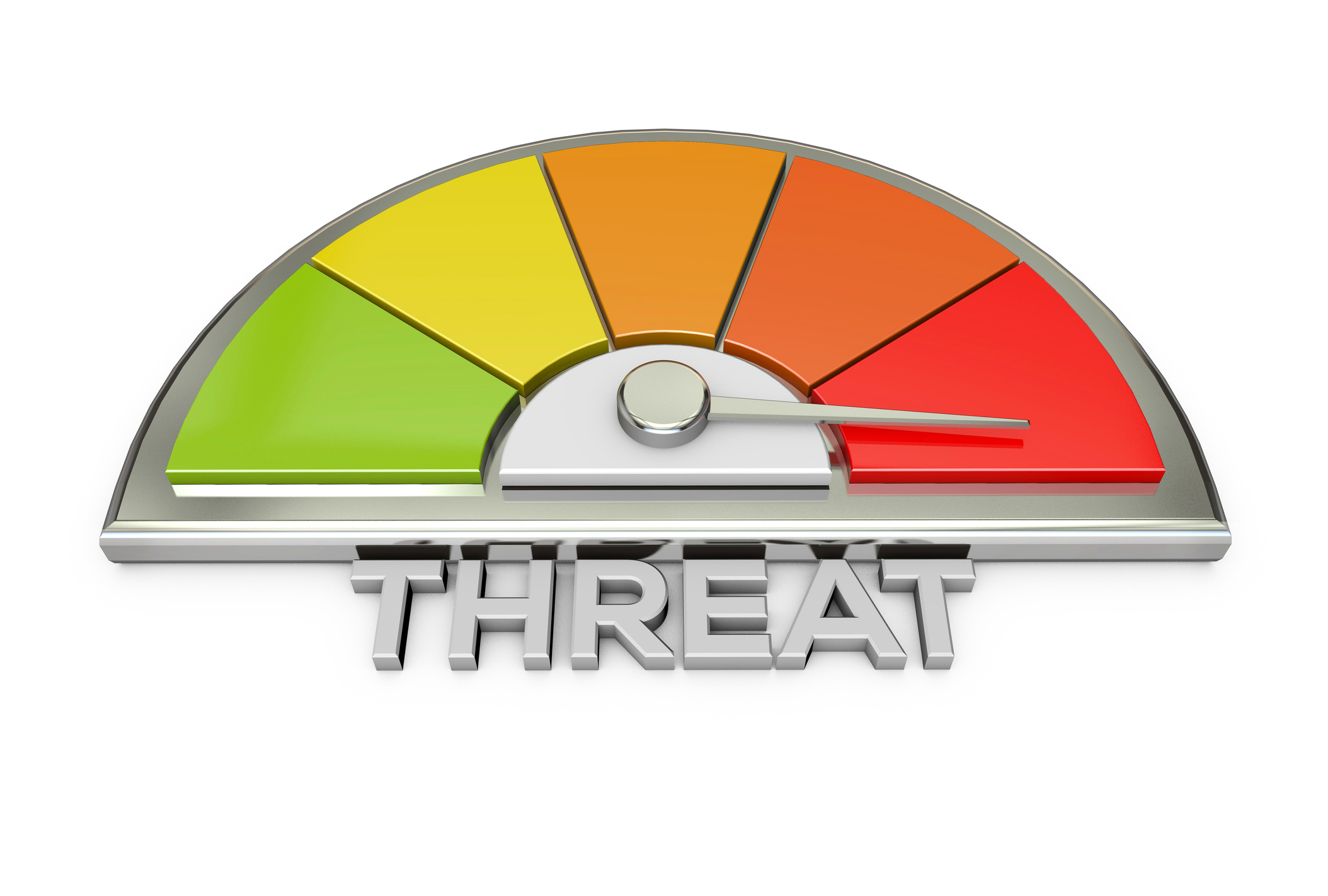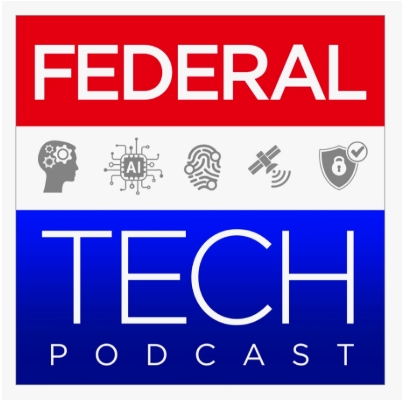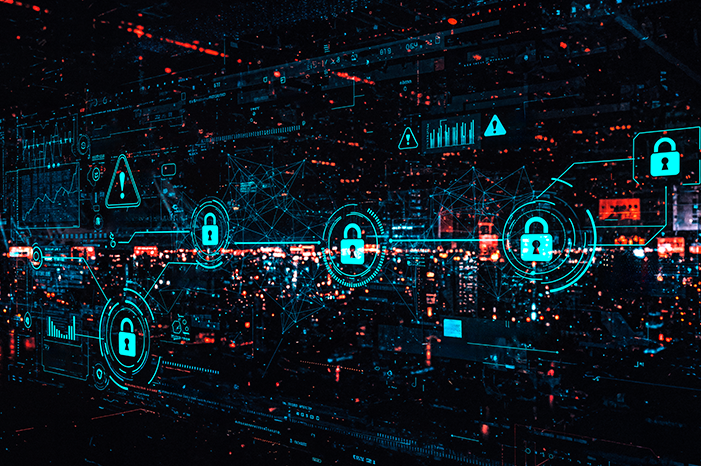
Planning is Essential
ISO 27001 certification is not a trivial pursuit. If a company dives into the ISO 27001 process without initial groundwork, they might face unexpected expenses and audit findings. Our Gap Assessment allows organizations to promptly pinpoint the key strategic and tactical challenges that could obstruct successful certification.

Integrate Existing Frameworks
Our ISO gap assessment doesn't start from scratch. Recognizing the value of your existing compliance frameworks, we use them as a foundational reference. This ensures a streamlined, efficient, and informed pathway towards bridging the gaps in your ISO journey.

Establish an ISMS
Our ISO gap assessment guides you to initiating a robust ISMS (Information Security Management System). Establishing an ISMS is crucial as it systematically addresses security risks, ensures data protection, and drives top-down organizational alignment, paving the way for successful ISO certification.

Implement Risk Based Controls
Our ISO gap assessment pinpoints areas of improvement and maps out control activities tailored to your organization's specific risks and applicability. By aligning controls with real-world threats relevant to your organization, we ensure a targeted and efficient approach to bolstering security.















